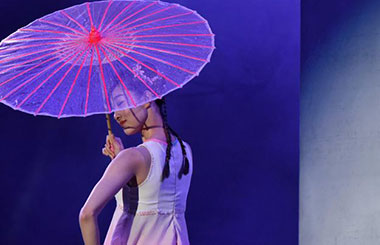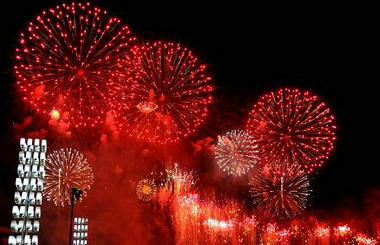Recycling glory
By Sun Ye ( China Daily ) Updated: 2012-09-17 14:40:36Zhang Fan heads the Beijing Shunyixing Franchise Center Courtyard, a real estate agency that handles both the sale and renovation of most of the courtyard homes for sale in the capital.
She says the average renovation can cost from 7,000 yuan ($1,106) per square meter and easily go higher.
The most basic renovations, according to Zhang, is about 2,000 yuan per square meter if subsidized by the government, a figure that is already way out of reach for many of the original owners.
If prospective buyers question the costs, Zhang often tells them to forget about buying siheyuan and opt for posh new apartments instead. For her, her beloved courtyards are not to be sullied by such common concerns as money.
Most of her clients share the same attitude.
Many are connoisseurs and devotees who are driven by higher ideals.
They are willing to reach deep into their wallets to restore a part of history, and they are also rich enough to be able to wait patiently as their restoration plans go through the design, approval and renovation process for several years.
Qiao Gangliang, general counsel at Siemens China, is one of those who have taken heritage preservation to heart, and their own hands.
Qiao is a Beijing native who believes those with the interest and means should preserve their childhood homes.
"Beijing's modernization comes at the expense of tradition to a certain extent.
"Even though we're only restoring the courtyards one at a time, the whole neighborhood will learn to respect the heritage eventually."
Wang Jun, an independent expert on courtyard preservation who recently published Ten Years, a book on the old city's transformation in the last decade, agreed that private transactions are by far the most effective in allocating new resources to the revival.
"It's another case of the invisible hand," he says, explaining that the old owners got what they wanted, and the new owners are left to lovingly restore and guard their new courtyard properties.
It was not so easy just a few years back, and the rules only relaxed in 2004, when a tersely worded trial ruling by the Beijing municipal government allowed the private sale of courtyard homes.
It was a welcome move coming out of a previously highly restricted market.
Professor Bian Lanchun sits on the Committee of Historical and Cultural Beijing Protection under the city municipal government.
He says it was a timely move to draft the wealthy into an "emergency" rescue of courtyard culture.
But relying on Qiao and his peers of about 400 new and prospective courtyard owners is just not enough.
Bian feels that the government "should facilitate the transaction process, solve problems with property rights and concentrate on improving the general environment."
According to him, the ultimate goal is to convert the entire population into being more heritage-conscious and protective of traditional architecture, a common vision shared by both the government and private sectors.
For now, the few renovated, regal-looking courtyards are slowly making their presence felt in the neighborhood.
The dilapidated Xinjiekou courtyard we mentioned at the start was sold for 5 million yuan in 2009, and it now commands a market price of 20 million yuan - after being transformed by a total retrofitting back to its original glory.
"When the neighbors understand how renovation can work wonders, they will follow suit." Zhang Fan says.
In the meantime, she stands in awe of her clients, who are willing to put their money where their hearts are.
And because of them, a part of Beijing history will be preserved for posterity.
|
|
|
|
|
|
|
|
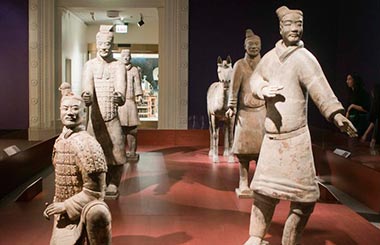
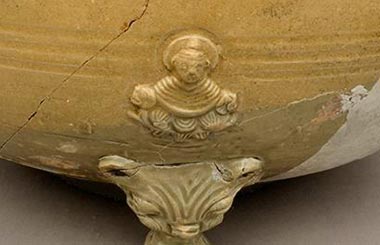


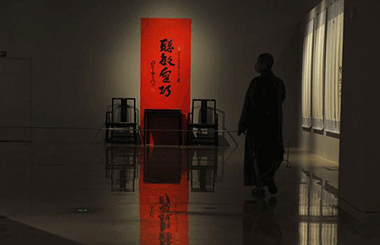







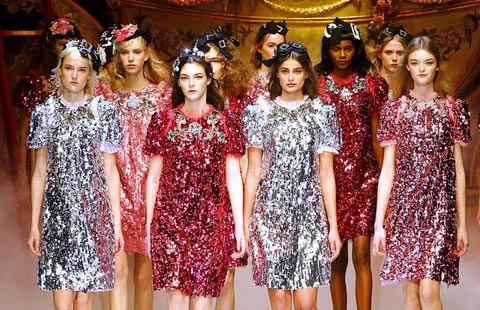
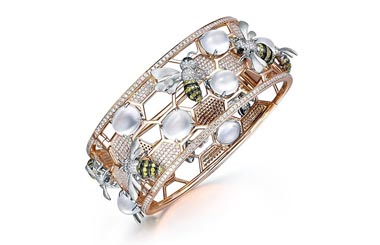




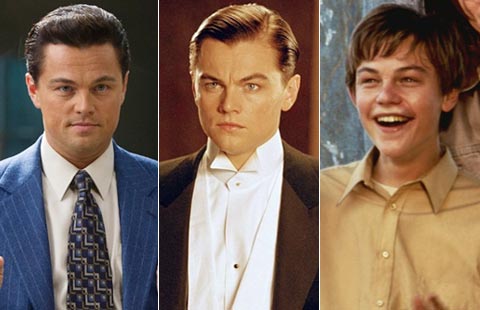




 Raymond Zhou:
Raymond Zhou: Pauline D Loh:
Pauline D Loh: Hot Pot
Hot Pot Eco China
Eco China China Dream
China Dream China Face
China Face

